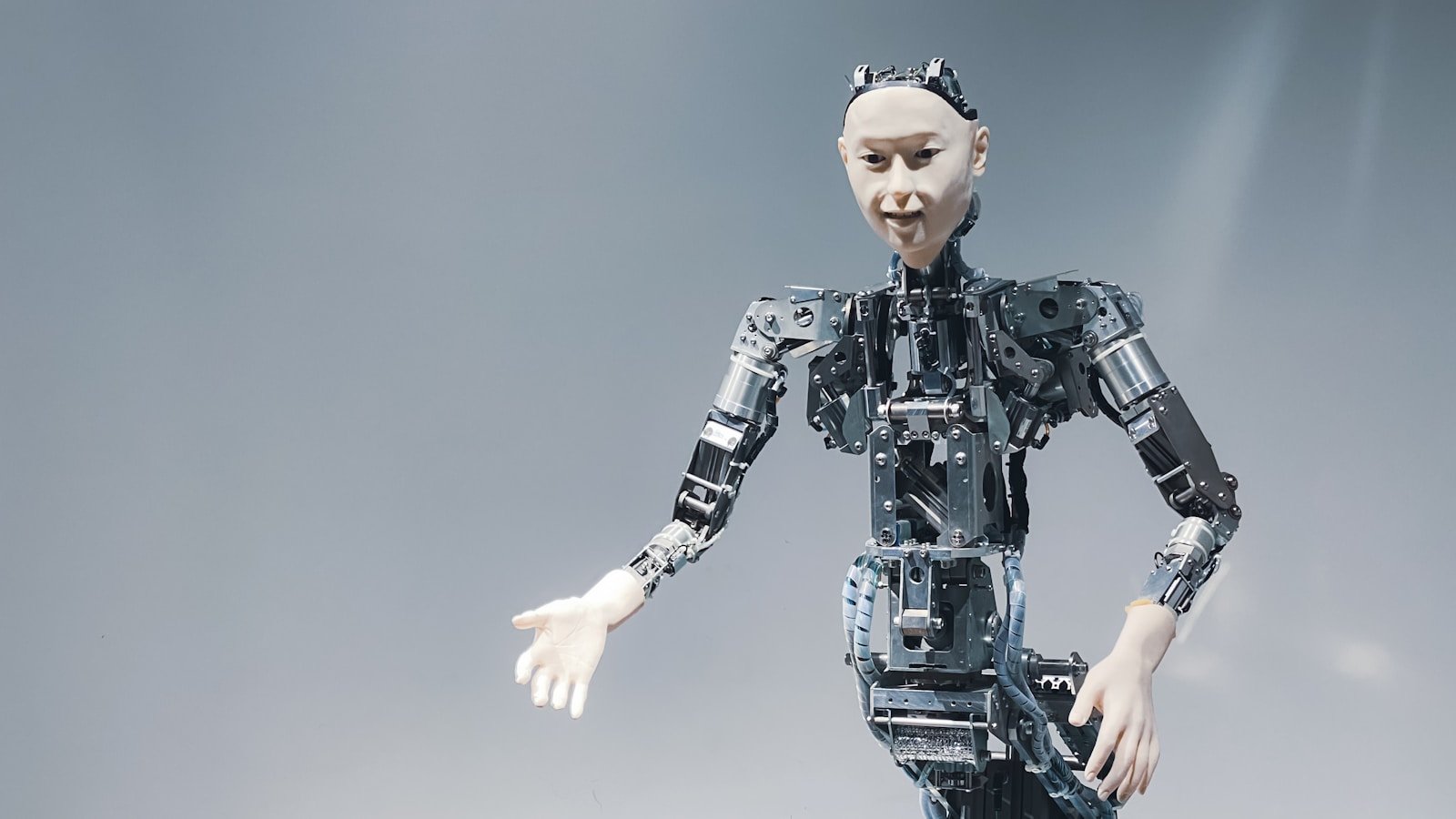Key takeaways
• JPMorgan is building the world’s first AI megabank
• The bank has a tech budget exceeding $15 billion
• Custom AI models power fraud checks, trading, and wealth advice
• Staff training and tokenization experiments support growth
• This strategy may redefine the banking industry
JPMorgan Chase under CEO Jamie Dimon aims to become the first AI megabank. It’s investing over $15 billion in technology this year. As a result, it now uses custom AI models in almost every unit. Those models speed up fraud detection, streamline trading, and guide wealth management. At the same time, the bank trains its staff to work with new tools. Moreover, it explores tokenization to modernize asset ownership. This bold strategy positions JPMorgan as a clear leader.
Driving Change Through Custom AI Models
JPMorgan rolled out custom AI models for fraud checks. Those tools learn patterns in real time. Therefore, they flag suspicious activity faster than older systems. In addition, the bank deploys AI to spot trading opportunities. The models sift through market data and news. As a result, traders get instant insights. This helps them act quickly in volatile markets. Above all, the bank uses AI to personalize financial advice. Advisors can now tailor suggestions to each client’s needs.
How JPMorgan Builds an AI Megabank
JPMorgan’s journey to an AI megabank rests on three pillars: data, talent, and infrastructure. First, the bank collects vast streams of data from its global branches. Then, engineers clean and organize that data for model training. Next, JPMorgan hires specialists in machine learning and software engineering. It also retrains existing staff through boot camps. Meanwhile, the firm invests in cloud servers and on-premise hardware. These systems power large AI models and ensure quick responses. Consequently, the bank can scale its tools across all units.
Boosting Productivity and Training Staff
To succeed as an AI megabank, JPMorgan focuses on people as much as on technology. The bank runs regular workshops on AI basics and ethics. Employees learn how to use new tools safely and fairly. For example, fraud analysts review AI alerts and provide feedback. This feedback loop helps improve model accuracy. Moreover, wealth managers use AI dashboards to prepare client reports faster. They spend less time on data entry and more on building relationships. As a result, client satisfaction scores have climbed in pilot programs.
Facing Ethical Risks and Competition
However, building an AI megabank has its challenges. Banks must avoid biased algorithms that harm customers. JPMorgan’s teams test models for fairness before deployment. In addition, they monitor outcomes continuously. This way, they can spot and fix issues right away. Another risk comes from competitors. Rival banks race to launch AI tools of their own. Fintech startups offer niche services that threaten big banks. To stay ahead, JPMorgan insists on custom solutions. It believes in owning its technology rather than buying off-the-shelf software.
Looking Ahead: Tokenization and Beyond
JPMorgan also explores tokenization to push its AI megabank vision further. Tokenization turns traditional assets, like bonds and real estate, into digital tokens. Those tokens can trade on blockchains or private ledgers. In theory, tokenized assets move faster and lower costs. They also open new markets to smaller investors. Right now, JPMorgan runs limited tests for internal funds. However, the bank plans to expand those trials next year. Eventually, it may offer tokenized investment products to clients.
In summary, JPMorgan’s AI megabank push blends cutting-edge models with a deep tech budget. The bank trains its workforce to use these tools wisely. It also tackles ethical risks and fights off competition. Finally, tokenization could open new revenue streams. Together, these moves mark a major shift in global banking. With its bold approach, JPMorgan sets a new benchmark for the industry.
Frequently Asked Questions
What does it mean for JPMorgan to be an AI megabank?
Becoming an AI megabank means JPMorgan uses artificial intelligence across its operations. It relies on custom AI models for fraud detection, trading, customer advice, and more. The bank also invests heavily in data, talent, and computing power.
How does AI improve fraud detection at the bank?
Artificial intelligence scans transactions and customer behavior in real time. It identifies unusual patterns faster than manual checks. As a result, the system can flag potentially fraudulent activity almost instantly.
Why is staff training crucial for the AI megabank?
Employees need to understand new tools and spot any algorithm issues. Training helps them interpret AI outputs and provide feedback. This feedback, in turn, improves model accuracy and ensures fair outcomes.
What role does tokenization play in JPMorgan’s future plans?
Tokenization converts traditional assets into digital tokens. These tokens can trade on blockchains, making transactions faster and cheaper. JPMorgan plans to expand tokenization tests to offer new investment products.

